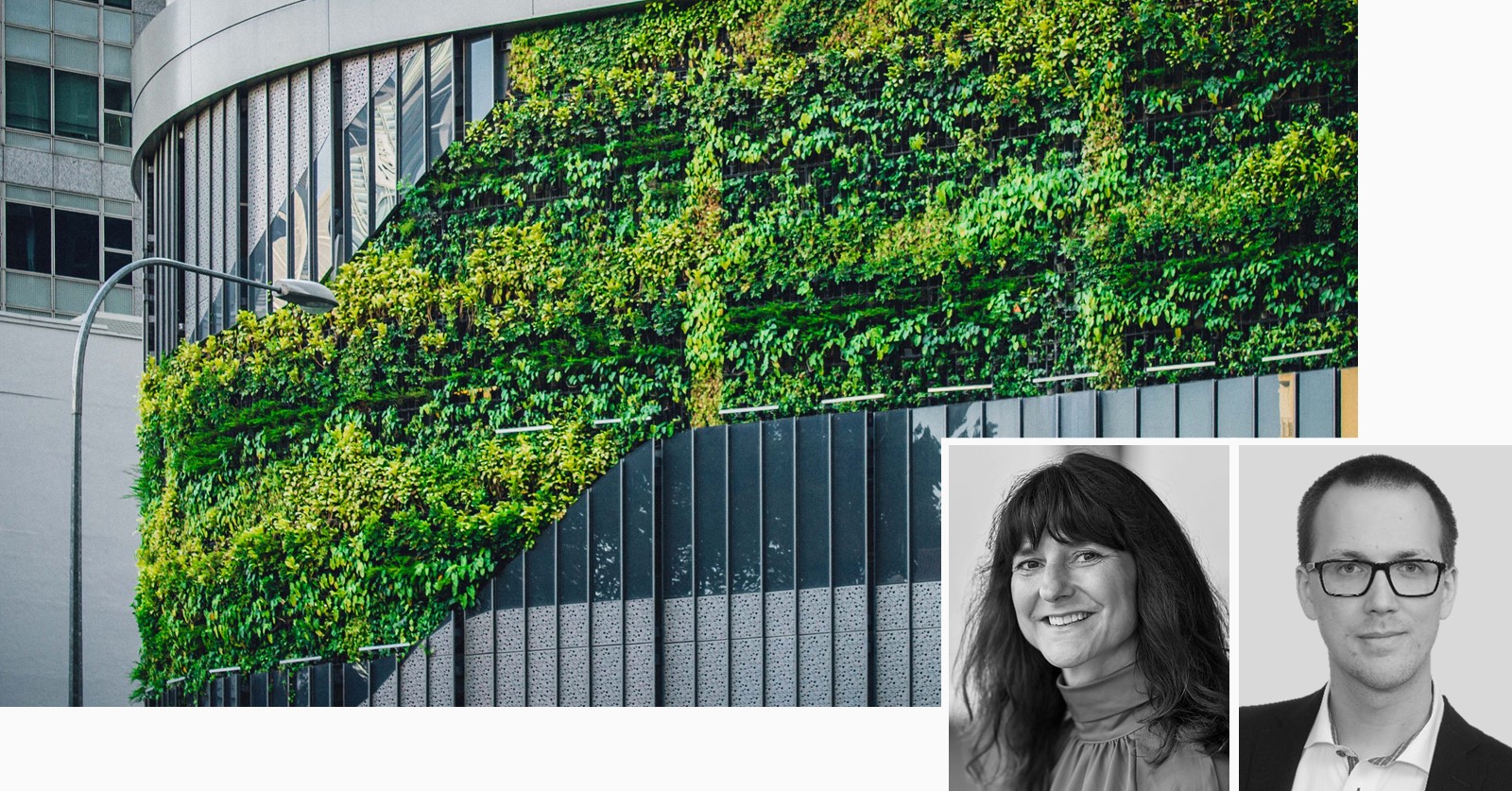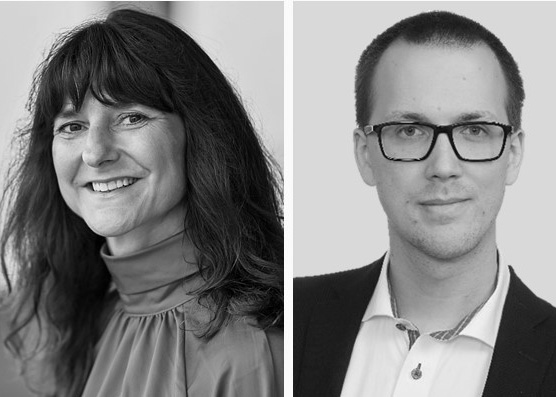As more people try to lead environmentally conscious lives at home by being more energy-efficient, cutting down on waste and reducing their carbon footprint, there's a push for the same actions to be taken from a commercial standpoint.
Go green. A hot topic on the commercial real estate market
Going green does not only benefit the environment but can also create lasting commercial value. Improved energy and water efficiency for example can reduce operating costs drastically, and contribute towards creating environmentally friendly buildings.
As a business owner, you want to stand out. You want a strong competitive advantage. Environmentally friendly buildings help you with just that. Since you spend much less on energy than your competitors, you can allow for a more extensive maintenance budget. Besides, you can also demand higher rents for the increased standard of space you are offering. There will also be a positive impact on your property’s value due to the increasing demand for environmentally friendly assets.
According to a research report "Smart Building Market by Component (Solution, Services), Solution (Security and Emergency Management, Energy Management), Services, Building Type (Commercial, Industrial), Region (North America, Europe, APAC, MEA, Latin America) - Global Forecast to 2024", published by Market, The Smart Building market size is expected to grow from USD 60.7 billion in 2019 to USD 105.8 billion by 2024.
Design costs in line with best practice Sustainability principles are no longer an inhibiting factor like they were ten years ago, with only a marginal difference, if any, being incurred by a 'green' vs non-green design.
Attract new type of tenants - as expectations are changing toward green buildings
A good energy rating is not just a bonus for tenants anymore – it's something they have come to expect from commercial properties. With each passing year, more and more people are becoming aware of the disadvantages of climate change. They now realize that everyone must do their part to keep the planet green and clean. Therefore, tenants are willing to pay more for green, energy-efficient buildings that use technology to lower their carbon footprint.
Millennial workers – who are expected to make up 75% of the workplace by 2025 – are pushing for organizations to be more environmentally responsible.
There is a greater understanding in the market of the link between a more sustainable building and a more significant amenity or experience in the workplace (better air quality, less hot/cold complaints), and better food and beverage offerings with healthy food choices. There is also an increase in demand for sustainability by millennials in the workplace who are more engaged in sustainability causes and wish to work for an environmentally responsible organization.
Where to start?
While a focus on design and development is required to make your commercial property as green as possible, there are less drastic ways to make changes if a significant renovation is out of the question.
Organizations can make adjustments to prevent energy wastage as working arrangements become more flexible in the wake of COVID-19.
Right now, with organizations' hours of occupancy in a building shifting in line with a more flexible workplace policy, buildings are no longer occupied at 100% from 9am-5pm. The demand for heating and cooling is being extended outside of these traditional working hours as staff decide to come to the office earlier and leave earlier, for example. The varying occupancy density can make it challenging to manage the building efficiently.
It's important for landlords and managing agents to communicate with their tenants to understand how COVID has impacted their occupancy density within their tenancy. Findings may highlight deviations from the agreed lease terms, and this may present opportunities to better manage heating and cooling demands to ensure minimal energy wastage, where possible.
For more significant changes, grants and funding are sometimes available from government bodies under sustainability initiatives.
Make a good sustainable plan for your buildings
A clear sustainable ESG (Environmental- Social- Governance) plan/strategy, will help to minimize future risks and bring to the light a variety of green opportunities. This will help to outline what green actions can be implemented in a commercially profitable way. Clearly evaluating and implementing green measures will ensure that your building can reduce environmental risks, stand up to a rapidly evolving regulatory environment and respond to the demands of future millennial tenants.

